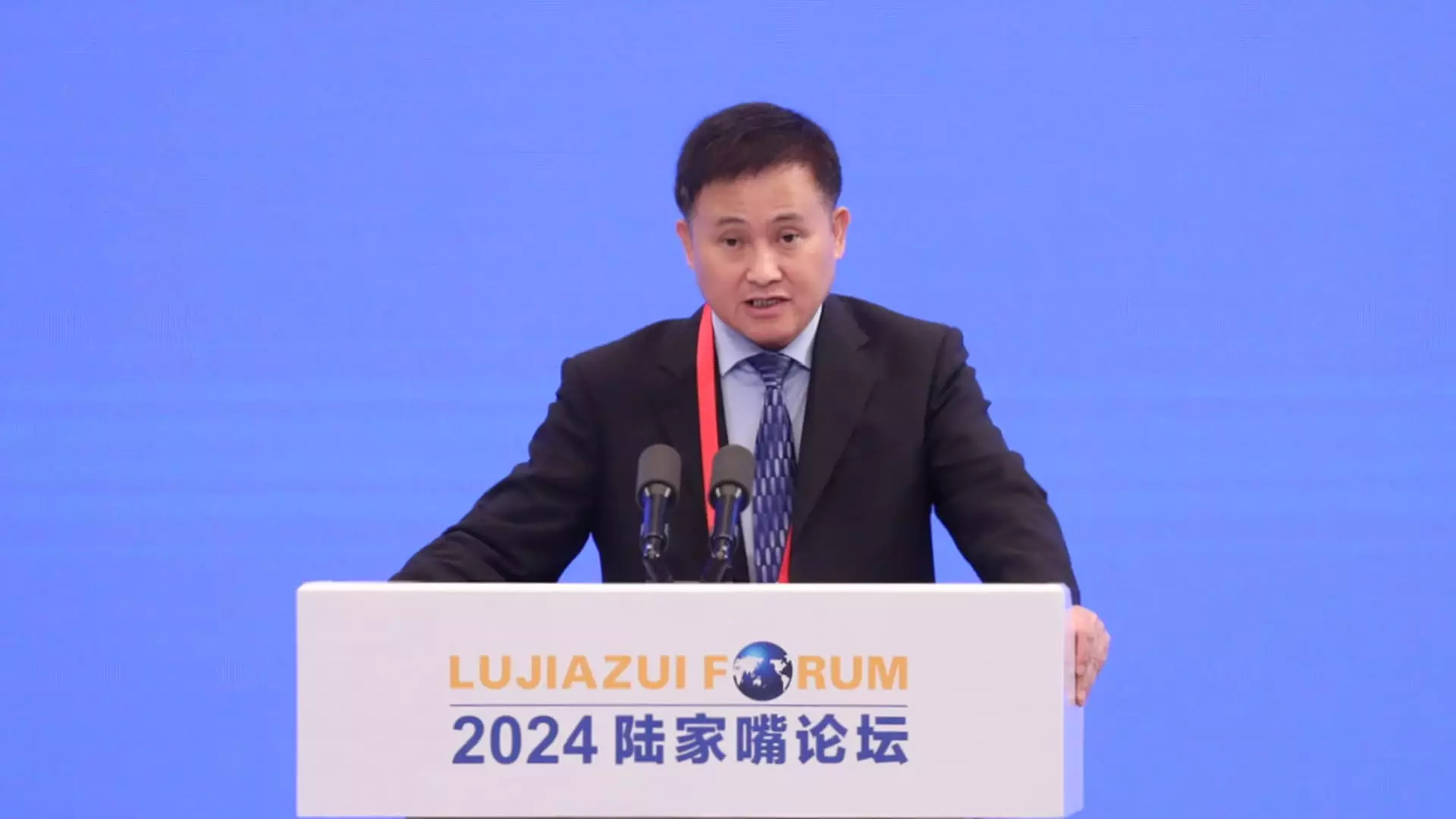In recent months, China has been navigating through a challenging economic environment characterized by sluggish growth, high debt levels, and significant turmoil in the real estate sector. In this context, the People’s Bank of China (PBOC) is preparing to introduce changes to its monetary policy that aim to stimulate growth and bolster consumer confidence. The central bank has announced a cut to the reserve requirement ratio (RRR)—the amount of funds banks are required to hold in reserve—which signals a willingness to provide liquidity to the banking system and stimulate lending.
During a recent press conference, PBOC Governor Pan Gongsheng revealed a strategic cut of 50 basis points to the RRR. This pivotal announcement comes amidst increasing pressures on the Chinese economy and follows similar trends observed in global monetary policy, notably in the United States. Although the PBOC has not clearly specified the timeline for rolling out these changes, it has hinted that they may be implemented in the near future, with expectations of potential further reductions by the end of the year.
In addition to the RRR cut, Pan indicated an intention to lower the 7-day repo rate by 0.2 percentage points, which reflects a broader strategy to make borrowing cheaper. Market reactions to these developments have been notable, with the yield on China’s 10-year government bonds plummeting to an unprecedented low of 2%, emphasizing investor expectations of more accommodative monetary conditions ahead.
China’s economic landscape has been under significant strain due to a host of factors, including a persistent real estate crisis, declining consumer sentiment, and deflationary pressures. Economists have voiced strong recommendations for implementing additional fiscal and monetary stimulus to revive economic momentum. As the central bank grapples with these challenges, it finds itself compelled to take action to support growth, especially in light of previous moves made by the Federal Reserve in the U.S., which have opened the door for other nations to also explore rate cuts.
Unlike other central banks that predominantly rely on a single benchmark interest rate, the PBOC employs a multifaceted approach to monetary policy. This includes manipulating a variety of rates that collectively shape lending conditions for institutions and consumers alike. The decision not to adjust the loan prime rate (LPR) during the latest round of discussions signals a nuanced strategy, as the PBOC appears to prioritize short-term rates to influence liquidity.
The anticipated RRR cut suggests a significant ripple effect within the banking sector. By reducing the capital banks must hold in reserve, the central bank aims to encourage more aggressive lending practices, enabling financial institutions to extend credit to businesses and consumers. This influx of liquidity could be crucial in fostering economic activity, particularly in sectors that have been adversely affected by the prolonged downturn.
Moreover, the discussions surrounding potential reductions in the LPR suggest that the PBOC is closely monitoring lending dynamics. Changes to this rate could directly impact mortgages and business loans, potentially stimulating demand in domestic markets and enhancing consumer spending levels. The overarching goal is both to revitalize growth and to tackle the challenges posed by stagnant inflation, low confidence, and a troubled real estate industry.
As the PBOC undertakes these significant policy shifts, it must tread carefully. The interplay between stimulating growth and managing potential rising debt levels poses an ongoing challenge. China’s economic framework, entwined with state influence and market forces, presents unique implications for the implemented measures.
The anticipated changes to China’s monetary policy, led by the PBOC, represent a critical maneuver in the broader strategy to stimulate the economy amidst domestic and global pressures. As investor sentiments remain cautious and analysts watch closely, the coming months will be pivotal in determining the success of these initiatives. The path forward will undoubtedly demand astute navigation and responsive policymaking to ensure the desired outcomes are achieved.


Leave a Reply